Autumn is one of the most breathtaking and beautiful seasons in New Hampshire. We can recreate a taste of that beauty right at our doorstep by decorating our front porch with a fall display. Your yard is brimming with colorful plants to use, fall annuals are blooming, and the farmer’s markets are loaded with the harvest of pumpkins and squash. All it takes is a little creativity to set up some decor that will harmonize with the season!
Autumn Door Wreath
If you’re feeling crafty, try your hand at making a fall wreath for your front door. All you’ll need is a wreath frame, wire or hot glue, and beautiful plants from around your yard. Save your evergreen boughs for Christmas, and instead, try weaving together dried grass, corn husks, burlap, grapevines, or any bendable branches from shrubs, like dogwood and willow.
For color, tuck in fall leaves, pine cones, or fall-blooming flowers like coneflowers, asters, sunflowers, and black-eyed Susans. Add a festive ribbon as a finishing touch, and your wreath will be ready for a welcoming fall display on your front porch.
Front Porch Chrysanthemums
You don’t need to have a pumpkin planter to take advantage of fall annuals on the porch. Chrysanthemums are one the most prized bloomers for this time of year. You can find red, yellow, and orange varieties to match the fall foliage or beautiful color contrasts of magenta and pink. To be extra festive, try dressing up your planters with burlap, ribbons, or bows of dried grass.
Pumpkin Planters
Few things say “fall decor,” like pumpkins and squash. You can make these jewels of the harvest into beautiful porch displays by turning them into planters. Simply cut an opening on the top, carve them out, and drill a hole in the bottom for drainage.
Next, place potting soil with flowers right inside the pumpkin, or hide a small pot inside the shell for your display. Living flowers, like mums, work well, as do cut and dried flowers from the foliage around your yard. Either way, you’ll have gorgeous decor that fits with the season.
Fall Farmhouse Porch Display
Evoke the charm of the fall harvest by bringing a taste of the farm to your front door. Set up a straw bale, an antique lantern, and a cornucopia filled with gourds, apples, leaves, and other symbols of seasonal abundance. A pitchfork, milking pail planters, and a wheelbarrow full of pumpkins are other ideas to play with as you create your display.
Painted Pumpkins
Pumpkins and squash alone are already works of art that can turn your porch into a festive decor display. If you want to practice your creative skills, you can also paint them with unique colors, like silver and white. The broad surface of pumpkins is also an ideal canvas for written messages, like “spooky season,” “falling in love,” or “fall greetings,” to welcome your guests to your porch.
Pumpkin Lanterns
Fall is also a time of increased darkness, but we can use the dark hours to create beautiful nighttime displays. We’ve all heard of Jack-o-lanterns, but pumpkins also make gorgeous lanterns throughout the fall. Save the spooky face for Halloween, and instead carve out heart-warming shapes of leaves, birds, animals, or any silhouette that comes to mind. Instead of a candle, use a small light inside to illuminate your pumpkin lanterns.
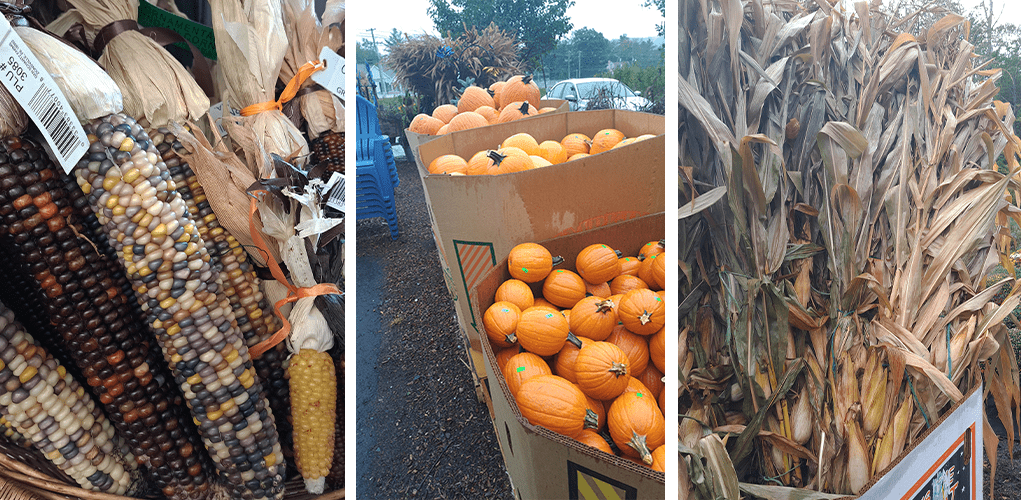
These ideas for fall front porch decor in New Hampshire can stand alone or be combined to create unique displays of your own. For any supplies you might need, feel free to visit Stephens Landscaping Garden Center in Moultonborough, and don’t forget to follow us on Facebook or Instagram for updates and featured products.


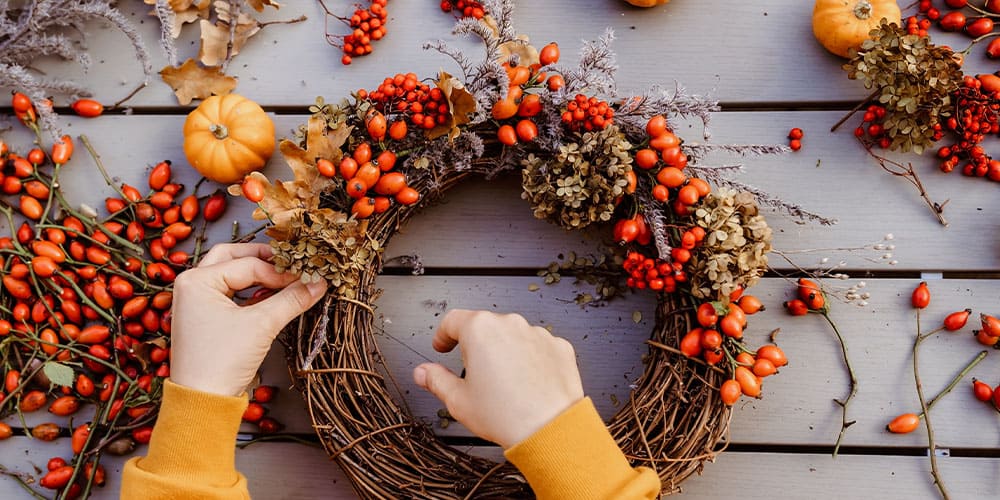
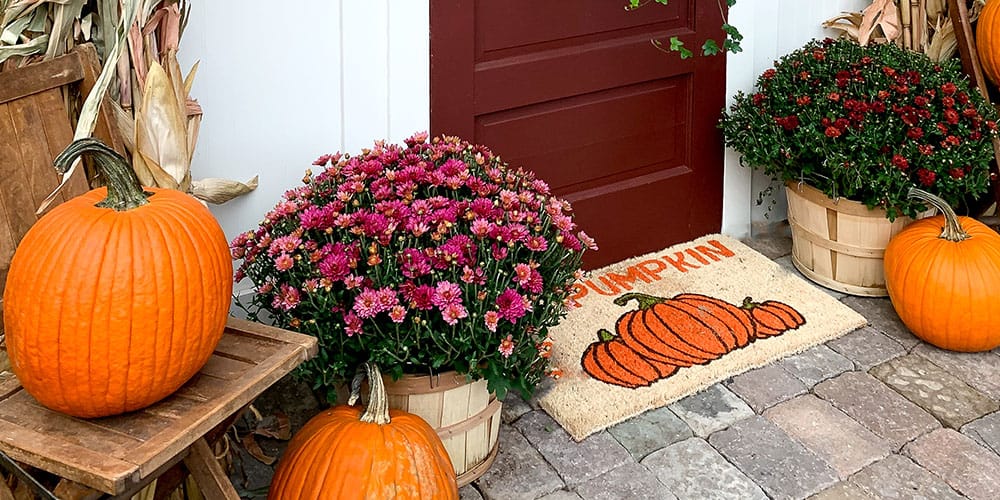
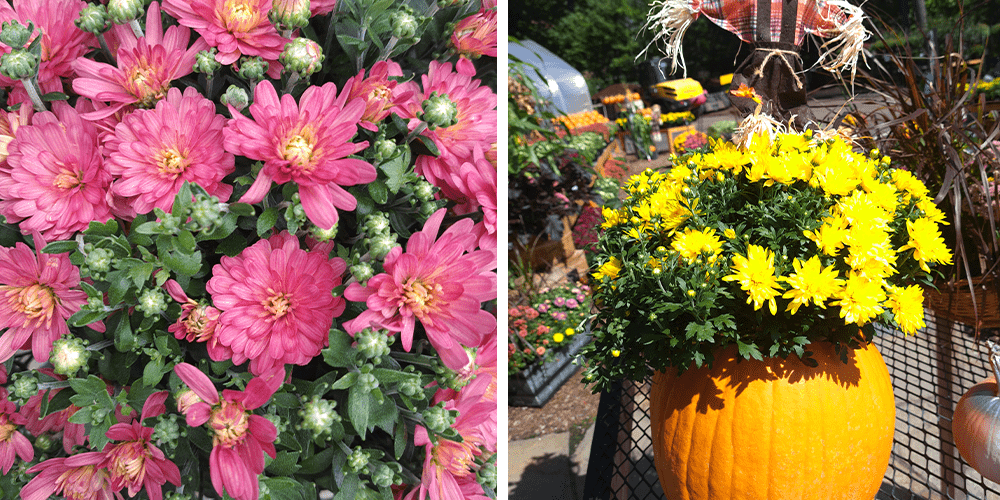
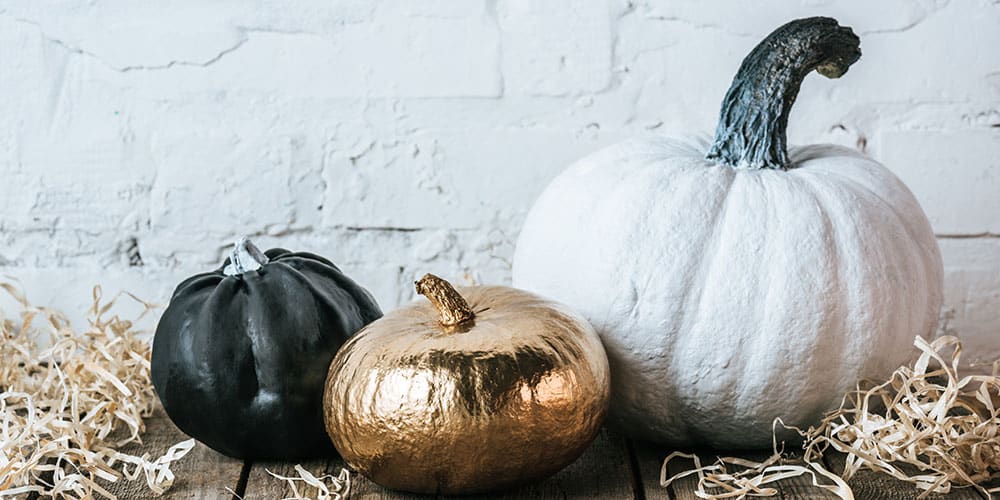
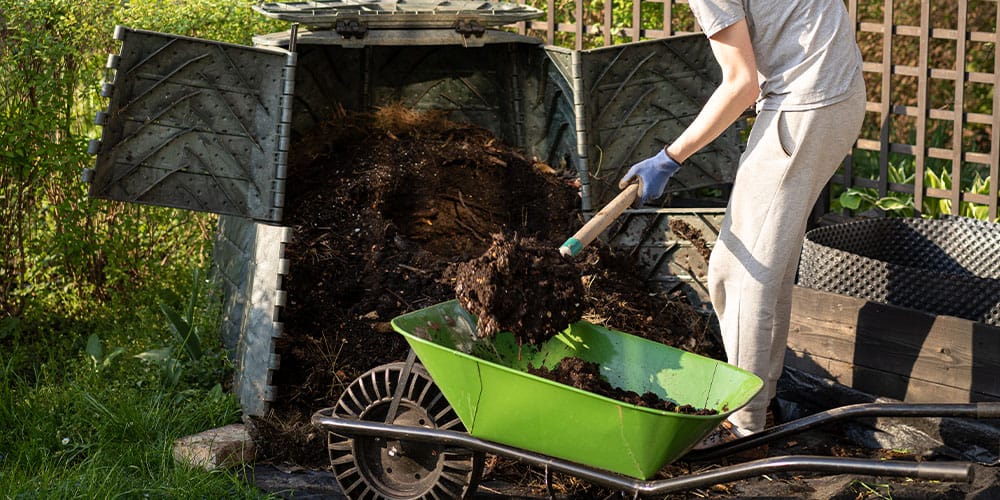 How to Add Compost to Tree Beds
How to Add Compost to Tree Beds 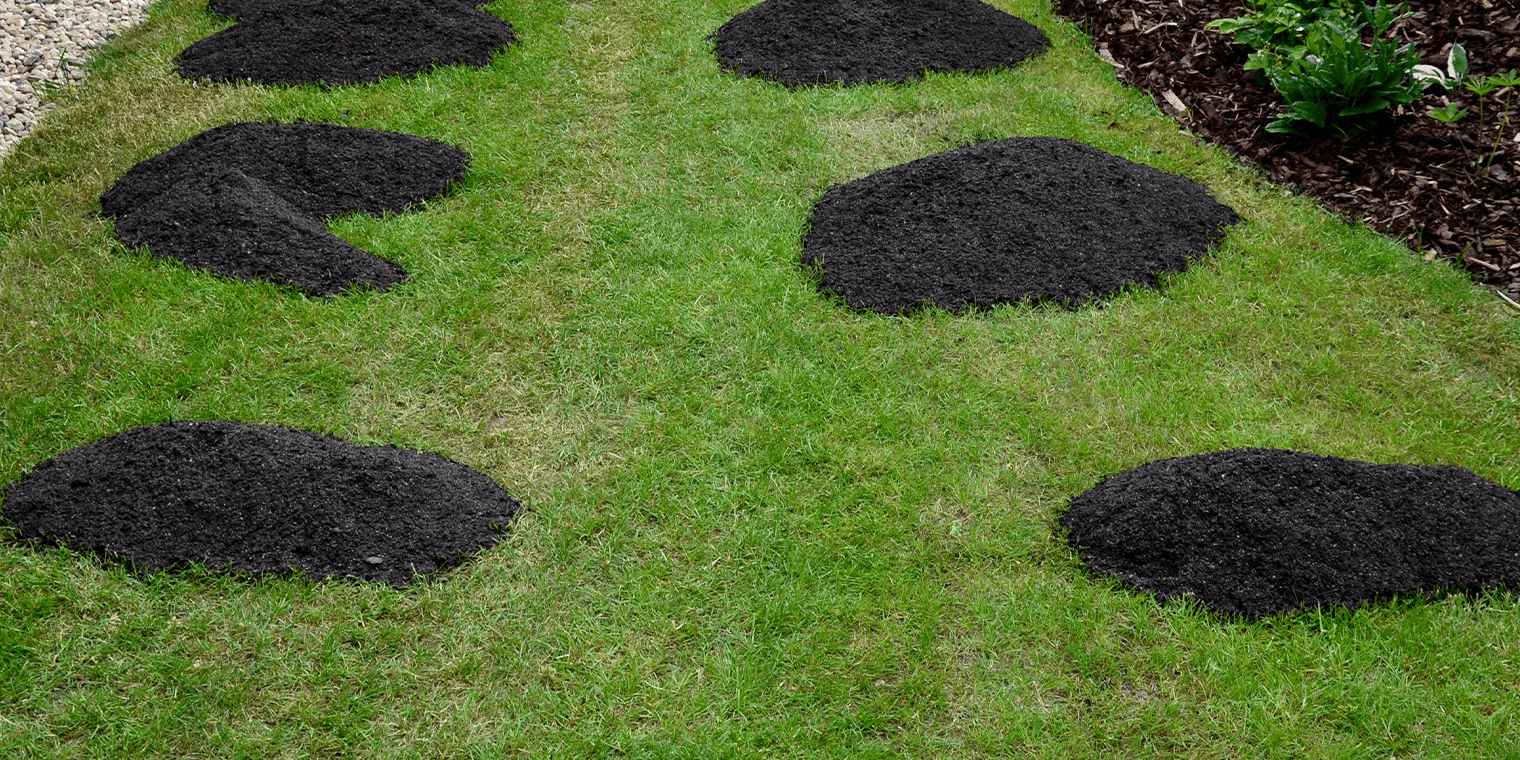 The best time to topdress your lawn with compost is right after aerating, but you can topdress anytime when the ground is not frozen. You can apply compost every spring when the lawn is just beginning to green up and in late autumn when the leaves are starting to fall; this will keep your grass looking beautiful all year! You can spread it across small yards with a compost wheel or peat spreader or use your hands to sprinkle it evenly.
The best time to topdress your lawn with compost is right after aerating, but you can topdress anytime when the ground is not frozen. You can apply compost every spring when the lawn is just beginning to green up and in late autumn when the leaves are starting to fall; this will keep your grass looking beautiful all year! You can spread it across small yards with a compost wheel or peat spreader or use your hands to sprinkle it evenly. 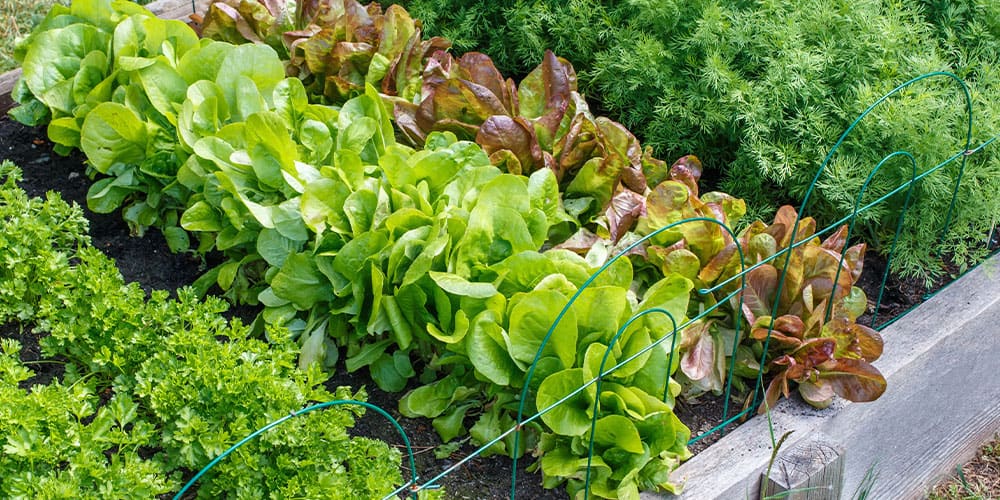 Use Compost in a Veggie Garden
Use Compost in a Veggie Garden 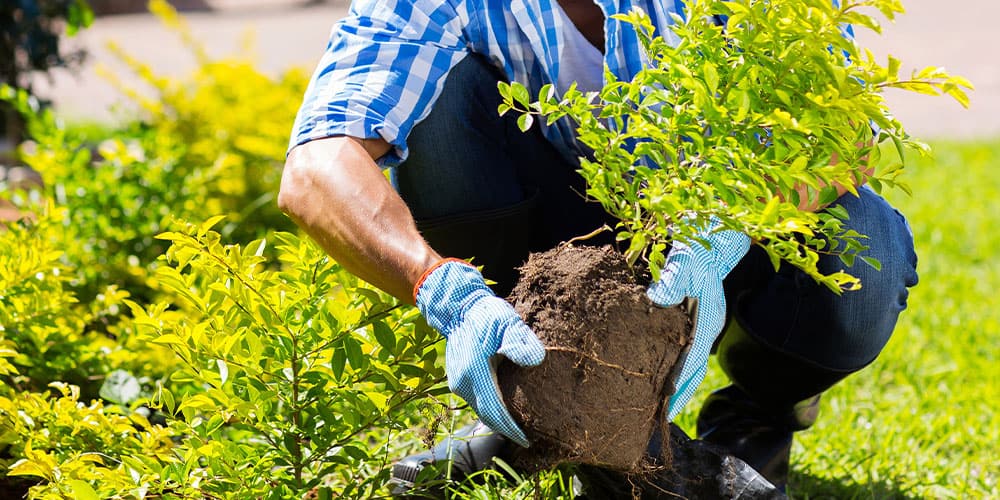 When to Plant Spring Flowering Shrubs and Trees
When to Plant Spring Flowering Shrubs and Trees 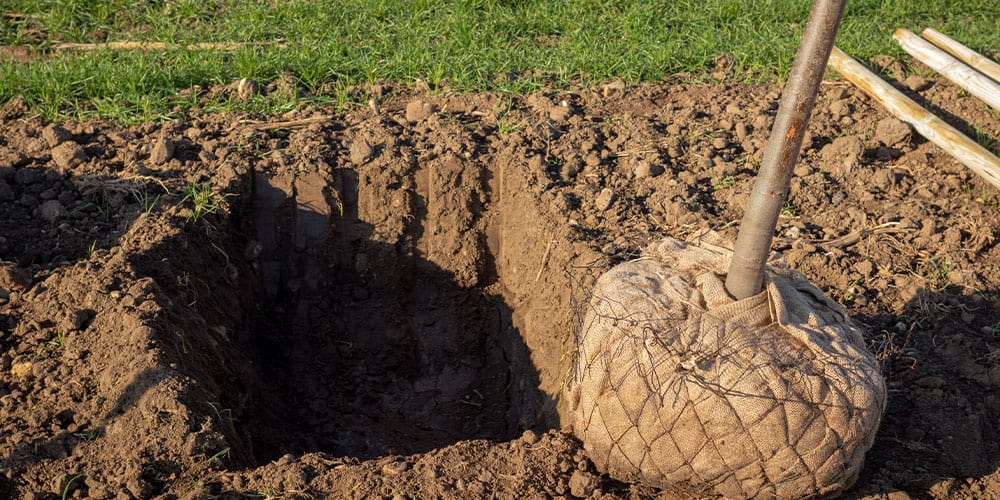 Tips for Successful Tree Planting
Tips for Successful Tree Planting 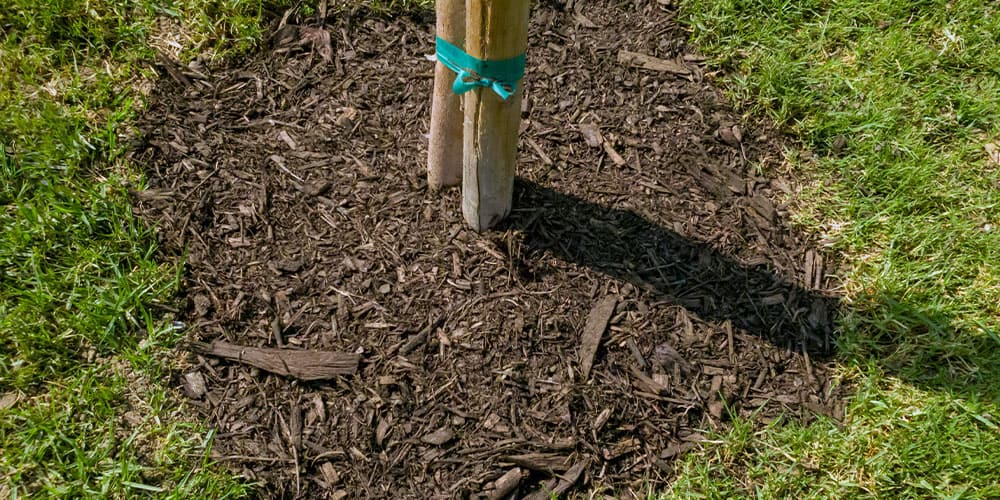
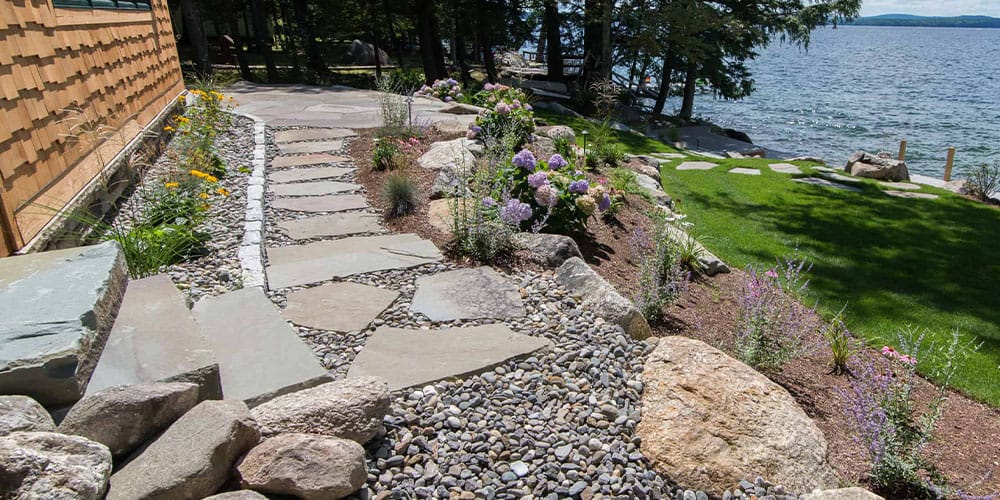 What is “Garden Soil”?
What is “Garden Soil”? 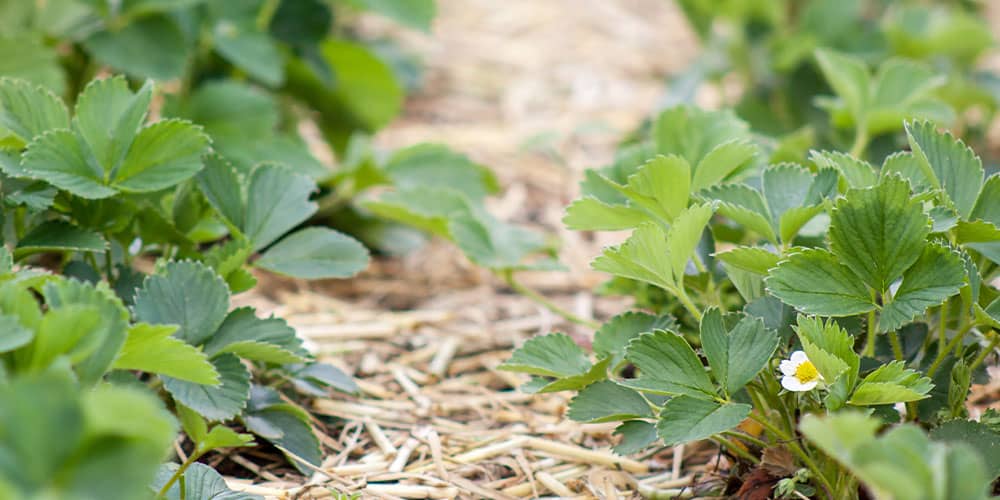 Different Kinds of Potting Mixes
Different Kinds of Potting Mixes  Amending for pH
Amending for pH 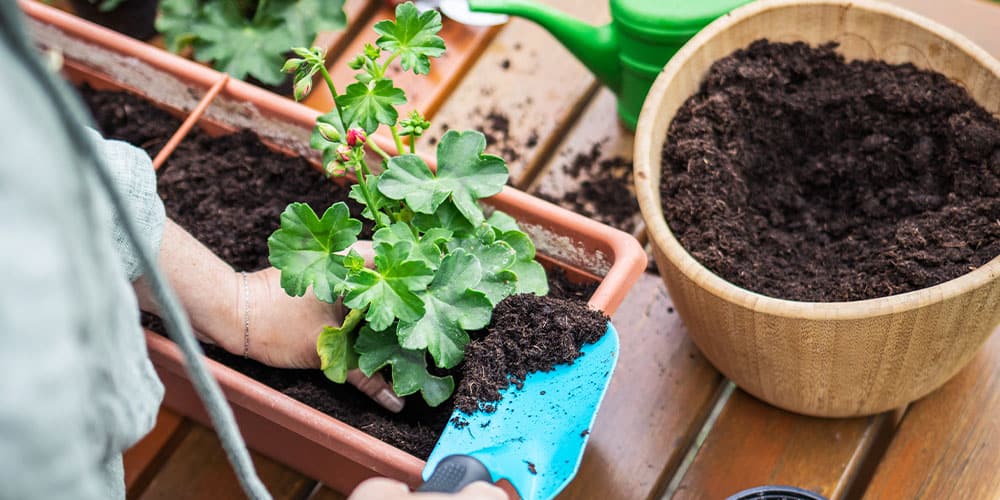 The best way to amend either clay or sandy soil is to add organic material, like compost or manure. This helps sandy soil retain moisture and improve density. It also loosens up clay-based soil, allowing more room for air and water to flow through. Plus, overall, compost and manure add essential nutrients and microbial activity that improve any soil type.
The best way to amend either clay or sandy soil is to add organic material, like compost or manure. This helps sandy soil retain moisture and improve density. It also loosens up clay-based soil, allowing more room for air and water to flow through. Plus, overall, compost and manure add essential nutrients and microbial activity that improve any soil type.  Wild Bergamot
Wild Bergamot 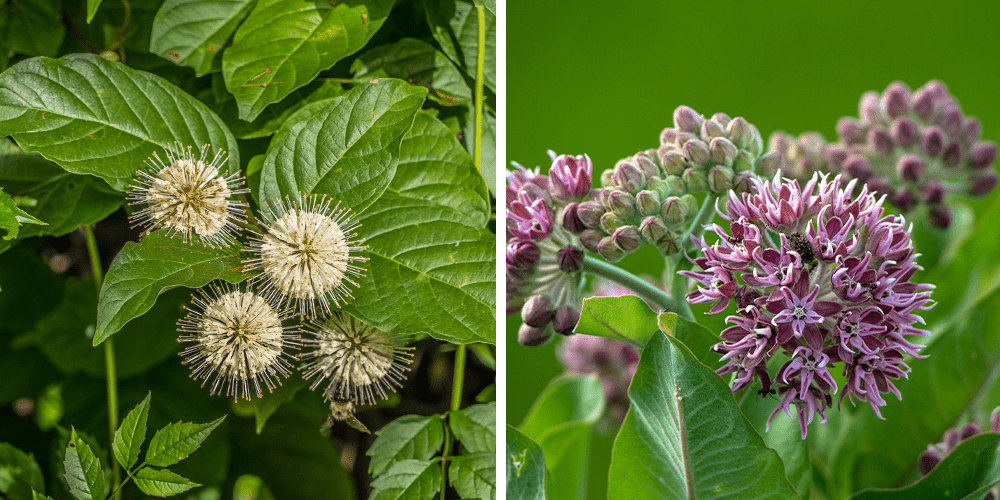
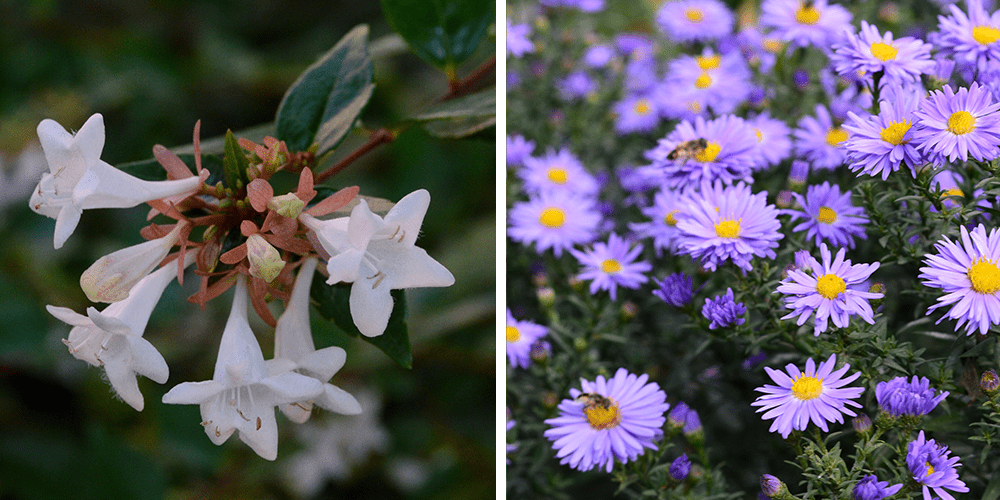 Aromatic Aster
Aromatic Aster